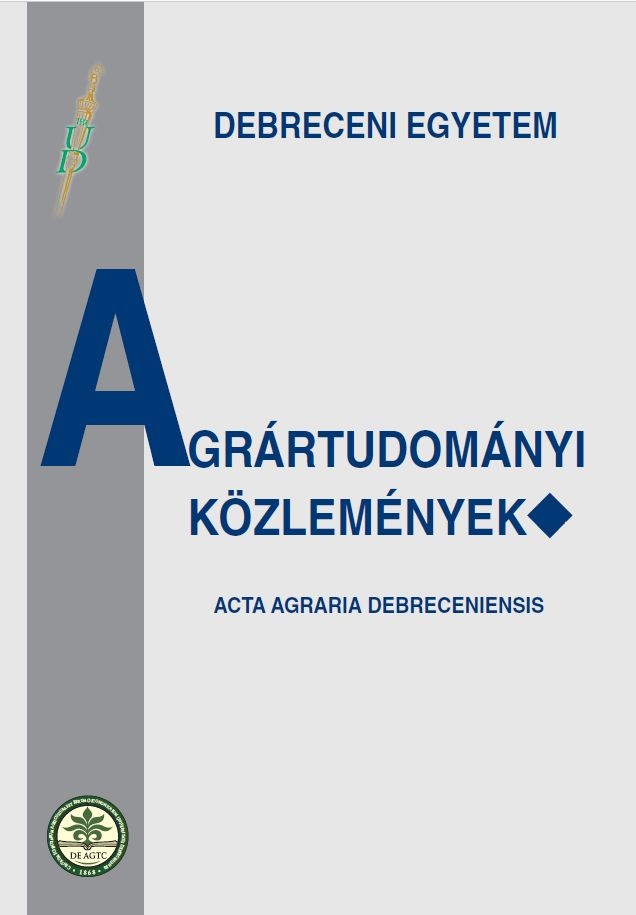Basic Research for the Development of Fertiliser Spreaders
Authors
View
Keywords
How To Cite
Abstract
The knowledge of the physical characteristics of fertiliser particles is essential for the constructors and operators of fertiliser distributors. Among physical characteristics, the most important are the frictional and aerodynamic properties for the description of particle movement. Adjustable angled slopes, shearing boxes and various rotating disks are used to identify frictional properties. We have developed a high precision shearing box with digital force measuring cells and a distance signaller (incremental transducer) that we use for slide tests efficiently. We measured the frictional characteristics of 6 different fertilisers: the inner coefficient of friction and the coefficient of friction on ten test surfaces most commonly used in machinery, and we specified the relationship between displacement, loading and the coefficient of friction. We can conclude that the material of the frictional surface significantly influences the force of friction.
However, our experience tells us that the shearing box is not suitable for the measurement of the inner friction, since the examined particles slide on the metal surface of the shearing box in a growing extent in the course of displacement, so it does not measure the real inner friction. Therefore, in our experiment we have developed rotating shearing equipment with a constant shearing surface to identify the inner friction. We tested the equipment with fertilisers and we identified the inner frictional characteristics of 6 different fertilisers. With the developed rotating shearing apparatus we could measure the real inner friction of the particles.
To identify the aerodynamic characteristics of granules, wind tunnels and free-fall tests are used. An elutriator have been developed for our investigation. We have used fertilisers for testing the measuring equipment and we have identified the aerodynamic characteristics of 6 different fertilisers.

 https://doi.org/10.34101/actaagrar/24/3225
https://doi.org/10.34101/actaagrar/24/3225